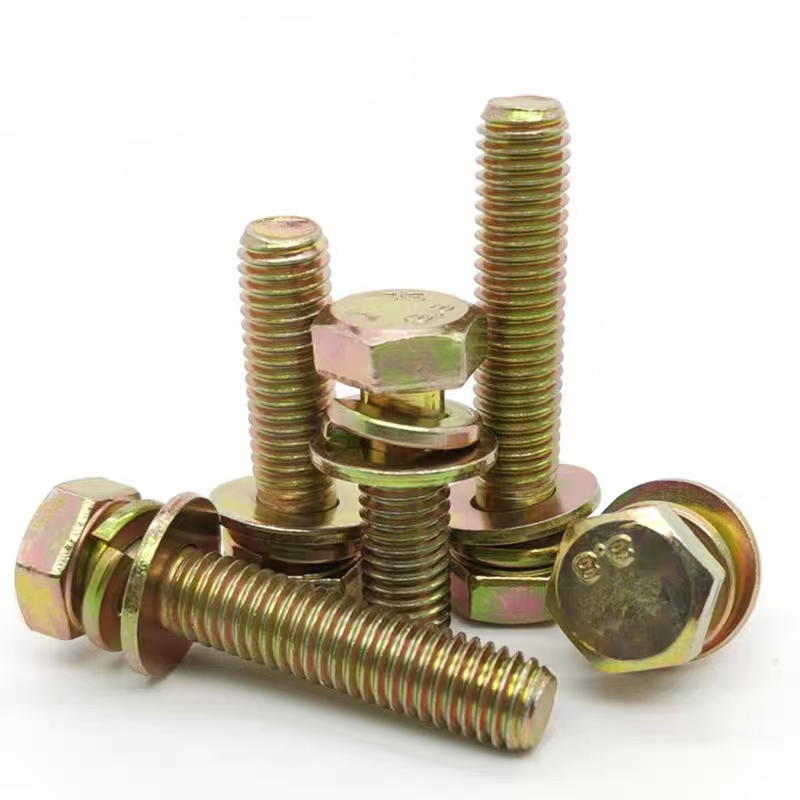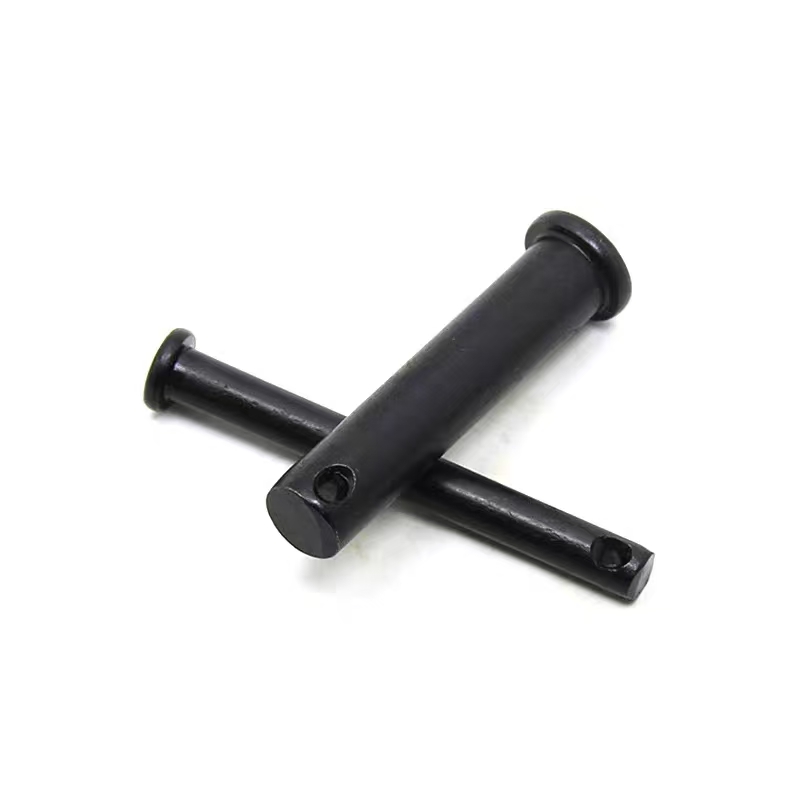- Chinese
- French
- German
- Portuguese
- Spanish
- Russian
- Japanese
- Korean
- Arabic
- Irish
- Greek
- Turkish
- Italian
- Danish
- Romanian
- Indonesian
- Czech
- Afrikaans
- Swedish
- Polish
- Basque
- Catalan
- Esperanto
- Hindi
- Lao
- Albanian
- Amharic
- Armenian
- Azerbaijani
- Belarusian
- Bengali
- Bosnian
- Bulgarian
- Cebuano
- Chichewa
- Corsican
- Croatian
- Dutch
- Estonian
- Filipino
- Finnish
- Frisian
- Galician
- Georgian
- Gujarati
- Haitian
- Hausa
- Hawaiian
- Hebrew
- Hmong
- Hungarian
- Icelandic
- Igbo
- Javanese
- Kannada
- Kazakh
- Khmer
- Kurdish
- Kyrgyz
- Latin
- Latvian
- Lithuanian
- Luxembou..
- Macedonian
- Malagasy
- Malay
- Malayalam
- Maltese
- Maori
- Marathi
- Mongolian
- Burmese
- Nepali
- Norwegian
- Pashto
- Persian
- Punjabi
- Serbian
- Sesotho
- Sinhala
- Slovak
- Slovenian
- Somali
- Samoan
- Scots Gaelic
- Shona
- Sindhi
- Sundanese
- Swahili
- Tajik
- Tamil
- Telugu
- Thai
- Ukrainian
- Urdu
- Uzbek
- Vietnamese
- Welsh
- Xhosa
- Yiddish
- Yoruba
- Zulu
- Kinyarwanda
- Tatar
- Oriya
- Turkmen
- Uyghur

China foam gasket
The Realities of China Foam Gasket Production
When you hear about foam gaskets, China often comes to mind as a dominant player in their production. Yet, beyond the surface-level discussions, there's a world of intricate processes and challenges that companies navigate in the pursuit of quality sealing solutions.
Understanding the Basics
Foam gaskets, in their simplest form, are used to seal spaces between two surfaces. They're flexible, conformable, and often used where tightness is crucial. In China, manufacturers like Handan Zitai Fastener Manufacturing Co., Ltd. play a significant role in this domain, partly due to their strategic location in Hebei Province, which offers logistical advantages from major transport links like the Beijing-Guangzhou Railway.
A common misconception is that all foam gaskets are the same. This couldn't be further from the truth. The variations in material, thickness, density, and even color can significantly impact performance. Experienced producers know this and tailor their products to specific applications.
But why are these differences so essential? In my experience, a mismatch in gasket properties can lead to failure in sealing, resulting in leaks or loss of efficiency. I've seen cases where improper selection led to equipment malfunctions, emphasizing the need for bespoke solutions.
The Production Challenges
Producing high-quality foam gaskets is not without its hurdles. Manufacturers must be vigilant about raw material quality. Given China's vast production capacity, the temptation to cut corners exists, but seasoned producers steer clear of such practices to maintain a competitive edge.
The process involves more than just cutting foam. An understanding of chemical compatibility is vital, as poorly matched materials can degrade rapidly, especially in harsh environments. Companies like Zitai know this well and focus on matching their products' properties to client needs meticulously.
I've also encountered issues with consistency. Even a minor discrepancy in production can lead to significant quality variations. It's something that can't be overlooked if you're striving to achieve high standards consistently.
Real-Life Applications
One intriguing application of foam gaskets I came across involved an automotive assembly line. The right gasket made all the difference in noise reduction and vibration dampening, enhancing the overall vehicle experience.
This project's success hinged on collaboration with the supplier to fine-tune the gasket's characteristics, emphasizing the need for close communication with producers like those in Hebei's renowned base.
Such partnerships underscore a critical aspect — the knowledge transfer. Working closely with innovators helps drive advancements and improve product offerings across industries.
Insights from Failures
Not all experiences are successful. I've seen unsuccessful gasket implementations where internal assessments revealed assumptions rather than data-guided decisions. The failure to adhere to specific conditions, often a learning curve for some, hits hard.
Failures prompt learning and innovation, leading to tighter quality control and enhanced research and development. Zitai, leveraging its locality and industry forestry, aims to mitigate such risks proactively.
A critical takeaway is understanding the difference between cost-saving measures and quality compromises. A balance must be struck by utilizing effective production techniques while meeting stringent quality standards.
Why Location Matters
The physical location of manufacturers like Handan Zitai Fastener Manufacturing Co., Ltd. plays a critical role. Being situated near major transport arteries like the National Highway 107 allows for efficient export and delivery, saving time and costs.
It’s quite insightful how geographical advantages have lent firms within Hebei a competitive edge, ensuring timely distribution and reduced logistic hurdles, which are vital for large-scale operations.
Despite the geographical advantages, keeping up with technological trends ensures these benefits aren't undermined by outdated practices. The region's emphasis on modern production practices ensures they remain leaders in the market.
Future Considerations
As industries evolve, the demand for foam gaskets in newer fields like renewable energy systems is increasing. Companies must innovate to keep up, or they risk being left behind.
Integrating advanced materials and exploring sustainable production methods could be the next breakthrough. In my view, those who adapt swiftly will maintain their pivotal role in the global supply chain.
Being at the forefront means also considering environmental impacts, a growing concern that will shape future production norms and consumer expectations. It's an ongoing journey of evolution and adaptation.
In the grander scheme, China's foam gasket industry, with players like Handan Zitai, stands at a crossroads ripe with opportunity. Their choice to pursue rigorous standards and innovative solutions will likely dictate their long-term influence and success on the global stage.
Related products
Related products
Best selling products
Best selling products-
 7-shaped anchors (7-shaped anchor bolts)
7-shaped anchors (7-shaped anchor bolts) -
 Butterfly bolts
Butterfly bolts -
 Electrogalvanized nuts
Electrogalvanized nuts -
 Electro-galvanized countersunk cross bolts
Electro-galvanized countersunk cross bolts -
 Colored zinc flange bolts
Colored zinc flange bolts -
 Basket bolts
Basket bolts -
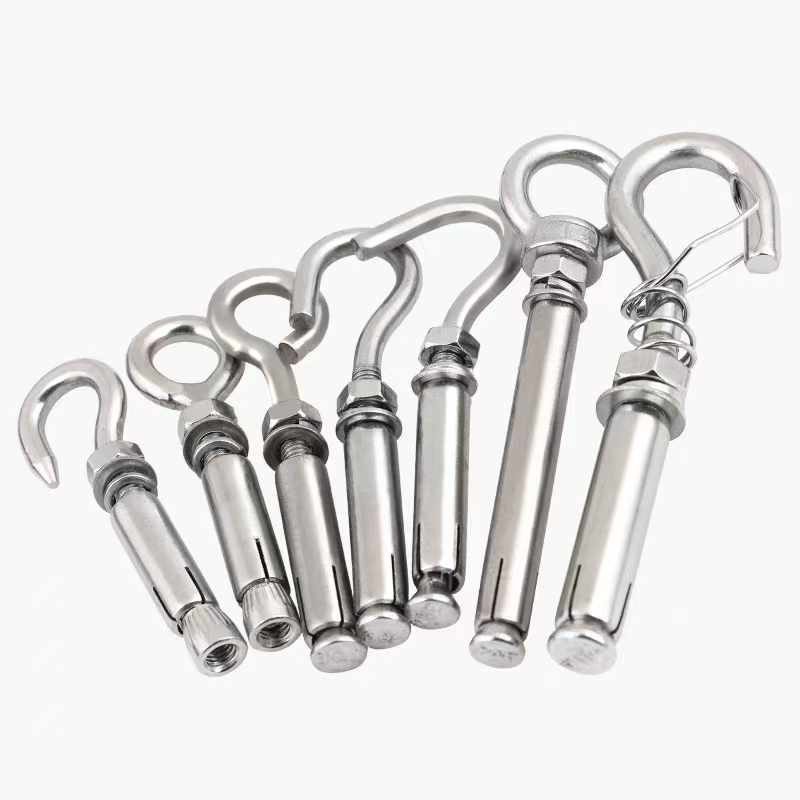 Electro-galvanized expansion hook
Electro-galvanized expansion hook -
 Anti-loosening nut (locking nut)
Anti-loosening nut (locking nut) -
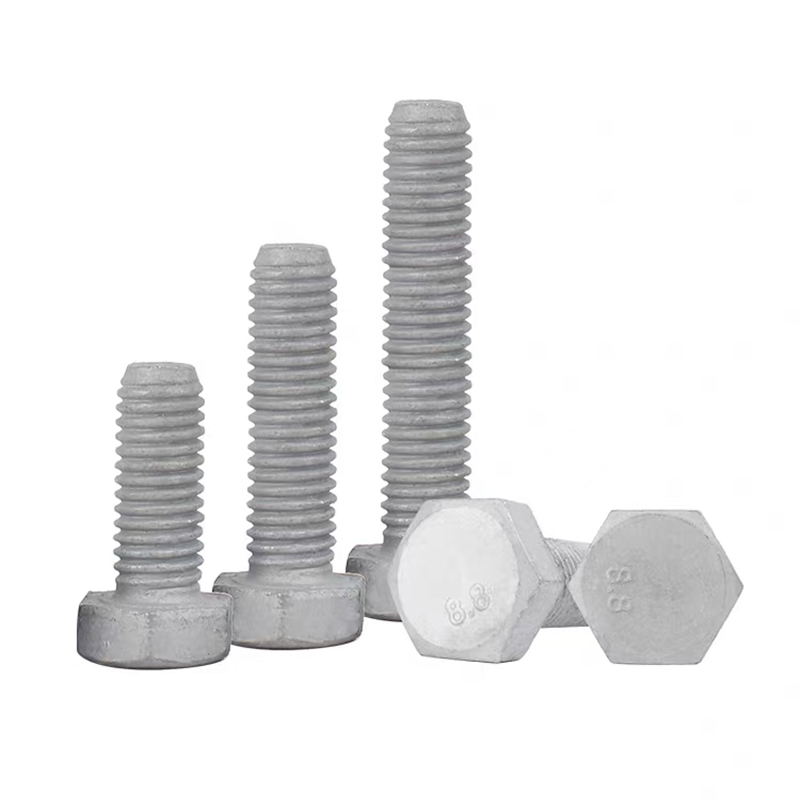 Hot-dip galvanized hexagonal bolts
Hot-dip galvanized hexagonal bolts -
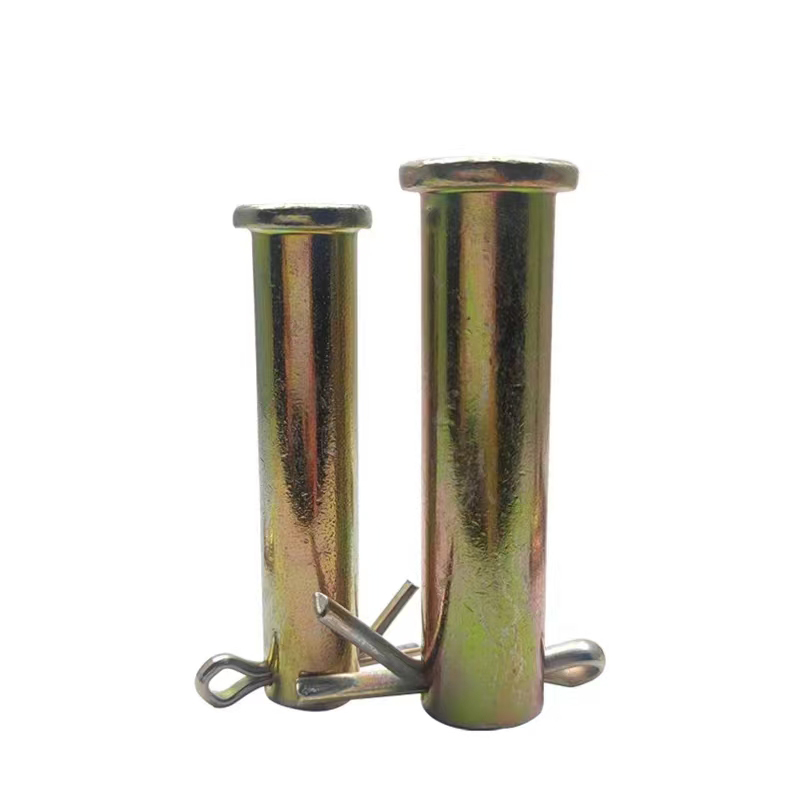 Colored zinc-plated pins
Colored zinc-plated pins -
 Black zinc plated hexagonal bolts
Black zinc plated hexagonal bolts -
 Electrogalvanized expansion bolts
Electrogalvanized expansion bolts



